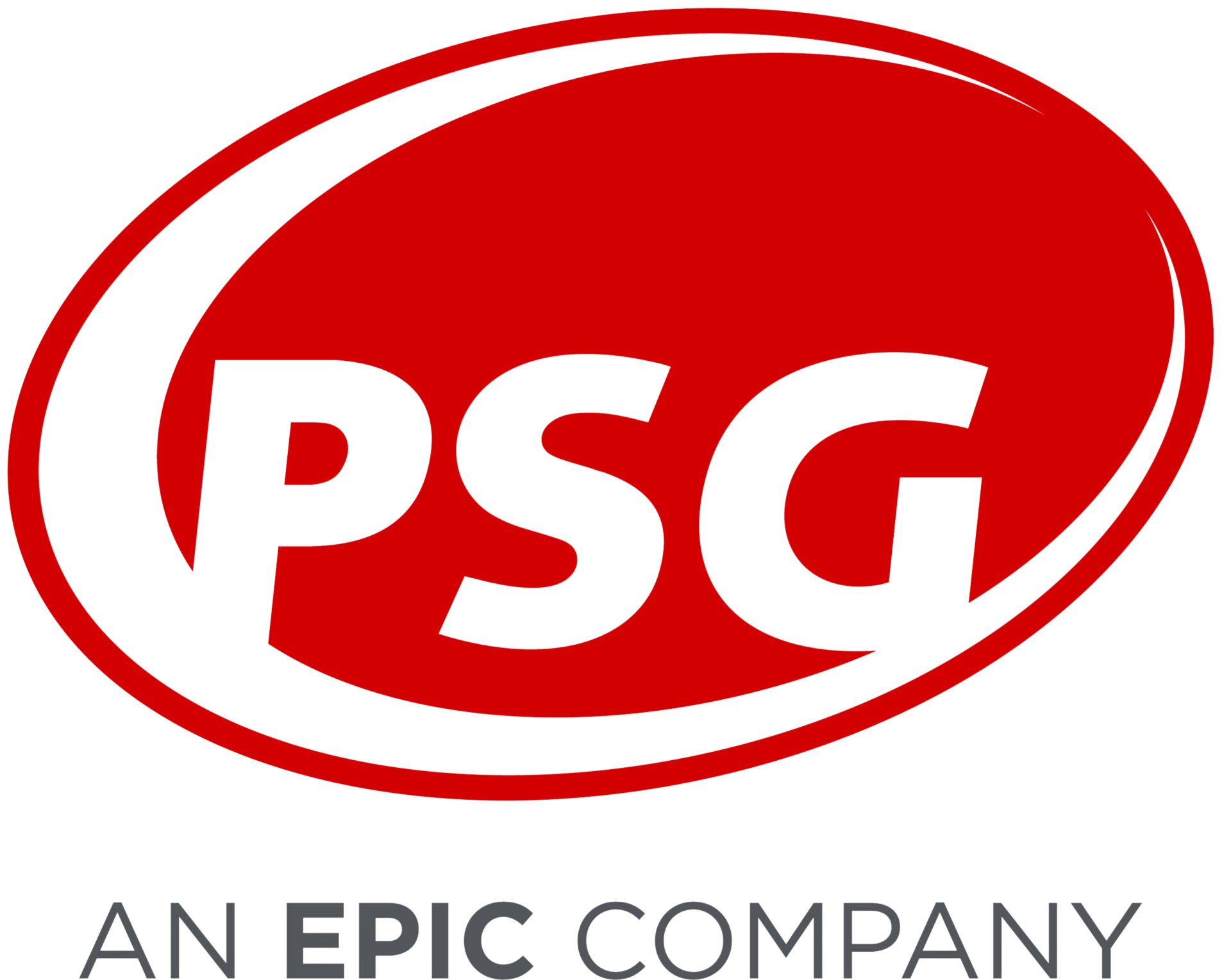What You Need to Know About The Drug Rebate Economy
Posted on April 2, 2019
Drug rebates are big business. According to life sciences analytics firm IQVIA, pharmaceutical manufacturers offered $153 billion in rebates and discounts in 2017. That’s double the amount in five years. Not surprisingly, many plan sponsors’ budgets have become dependent on these rebates, and it’s essential that they understand the financial impact they have.
Pharmaceutical manufacturers set a list price for their products, but rebates and discounts lower the true net price actually paid for the drug. Sounds simple enough. Truth is, there are numerous facets to the financial relationship between manufacturers and PBMs, and all of those components affect total drug cost. How those rebate savings are doled out along the drug supply chain is highly variable.
Some of these components may include:
- Formulary rebates: Pharmaceutical companies will pay for their product to be the preferred drug of choice on a formulary.
- Administrative fees: The manufacturer pays PBMs for managing the invoicing and logistics of the rebate contracts.
- Inflation/price protection: The PBM receives inflation protection in the form of rebates over and above the agreed inflation rate.
- Data fees: PBMs will sell their data to manufacturers for clinical studies, etc.
- Value-based reimbursements: PBMs are starting to consider financial arrangements based on the outcome or efficacy of drugs rather than price.
From generics to specialty drugs: The changing drug management market
In the early 2000s, generic opportunities were effective in offsetting the rising trend. At the time, there was little variance between the gross cost trend and the net cost trend. Generic alternatives to blockbuster drugs such as Lipitor emerged on the market, forcing manufacturers to ramp up rebates. (One 2012 estimate suggested that at one point Pfizer gave up 35% of gross sales in rebates to keep Lipitor on insurance plan formularies.)
With generic opportunities drying up, we saw a period of hyperinflation on brand drugs begin in 2013. At this time, the gap between net price growth and list price growth for branded drugs widened significantly. Additionally, the utilization of higher-cost specialty drugs emerged, further increasing the reliance on rebates to lower overall drug trend.
Rebates have become highly controversial and a focus of the current administration; many feel that the rebate should go directly to the consumer. However, with the complicated delivery system in place today, it may not be that black and white. As we’ve seen, there are complex dependencies in place, where multiple parties might receive a rebate or a portion of the rebate.
The PBM serves as the intermediary between the drug manufacturer and plan sponsor, receiving the rebates and creating and managing the rebate contracts between themselves and the drug manufacturer. They also enter into a contractual agreement with the payer or employer group about how the rebate will be shared. Infinite sharing possibilities exist—a percentage, a set amount per script, etc. What’s more, the contracts vary by manufacturer, even by the drug. Any changes in this system will affect the financial relationship between the plan sponsor and the PBM.
Exercising your rights in the rebate economy
Plan sponsors are concerned. PBMs have contractual protections in place should rebates go away, but plan sponsors often rely on these rebates to meet their budgets and keep premiums low. Fortunately, there are steps you can take to gain some control in the tenuous rebate economy:
- Understand your contract with your PBM. What protections do you have? Do you understand the impact that changes to your contract will have?
- Understand how rebates affect your budget. How do rebates play into your financial picture? What dependencies do you have on industry rebates? How can you weather any changes?
- Understand point-of-service rebates. At the start of 2019, UnitedHealth Group began passing along discounts from drug manufacturer rebates for its fully insured customers at the prescription point-of-sale. This is a radical departure from the majority of plans in the U.S., where rebate savings are shared by all plan members through lower premiums. As point-of-service rebates gain traction across the industry or are potentially mandated, you’ll need to know how to adjust benefits to your members.
PSG helps its clients navigate the complexities of the rebate economy. We provide expert review and analysis of PBM contracts to identify the risk of changes with a rebate, determine how these changes affect your budget, and optimize your pharmacy benefit. Ready to learn more? Download our company overview today!
